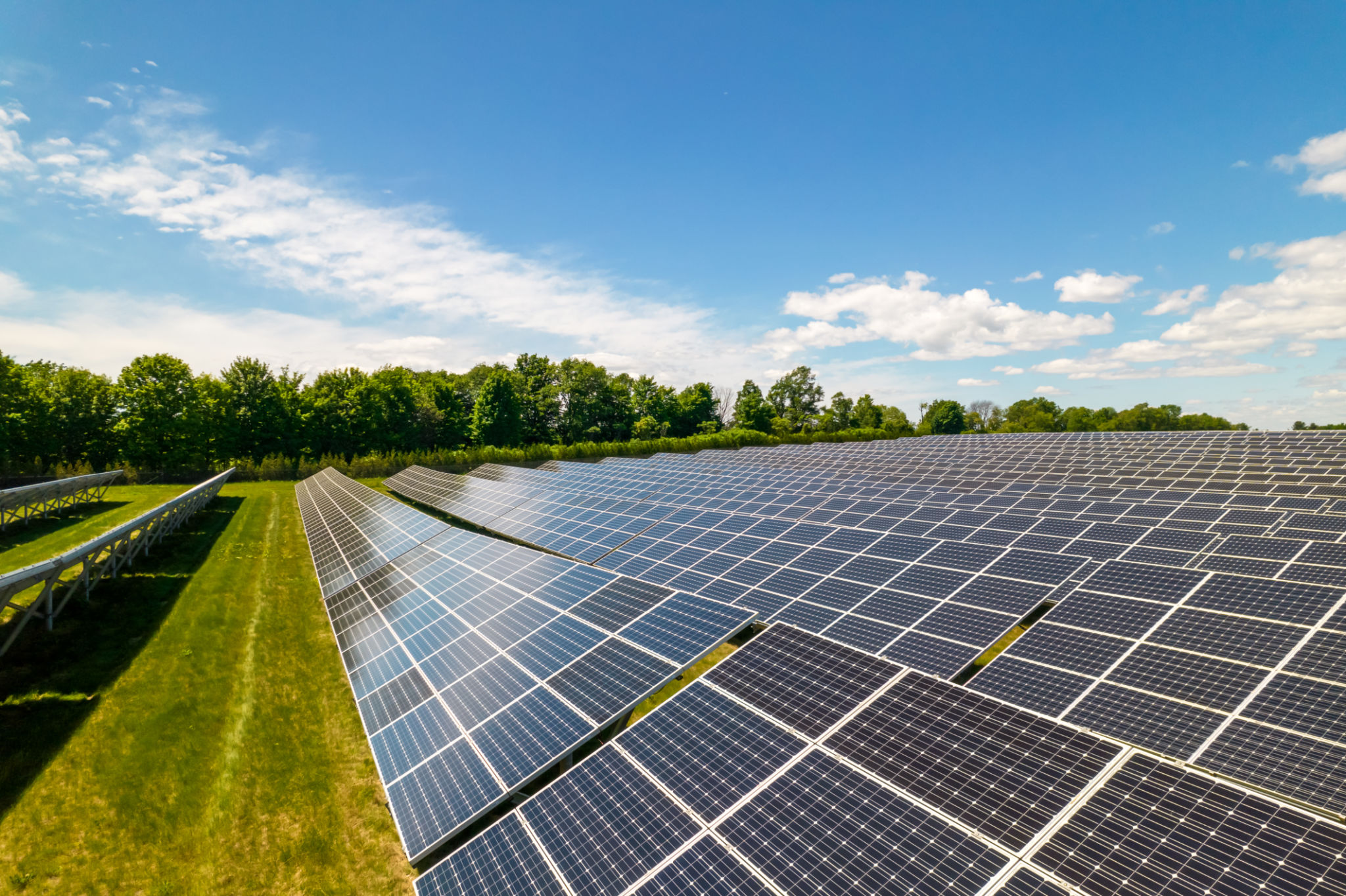Case Study: Solar Energy Transformations in Charleston Neighborhoods
Introduction to Solar Energy in Charleston
In recent years, solar energy has become a pivotal force in transforming communities across the globe. Charleston, known for its historic charm and vibrant culture, is no exception. The city's neighborhoods are increasingly turning to solar power, embracing sustainable practices that offer both environmental and economic benefits. This case study explores the transformative impact of solar energy in Charleston neighborhoods.

The Growing Trend of Solar Installations
Charleston's commitment to renewable energy has led to a significant rise in solar installations. Homeowners and businesses alike are recognizing the value of harnessing the sun's power. The move towards solar is driven by several factors:
- Reduction in Energy Costs: Solar panels dramatically decrease monthly energy bills, providing long-term savings.
- Environmental Impact: By reducing reliance on fossil fuels, solar energy helps lower carbon emissions.
- Incentives and Rebates: Federal and state programs offer financial incentives to encourage solar adoption.
These factors have motivated many Charleston residents to consider solar as a viable option for their energy needs.
Case Study: A Neighborhood's Solar Journey
One standout example in Charleston is the transformation witnessed in the neighborhood of West Ashley. This community embarked on a solar journey that has not only enhanced their quality of life but also set an example for others to follow.
The initiative began with a group of environmentally-conscious residents who advocated for solar power. Their efforts led to the formation of a community solar project, allowing multiple households to benefit from shared solar resources.

Challenges and Solutions
Despite the benefits, transitioning to solar energy is not without its challenges. In West Ashley, residents faced obstacles such as initial installation costs and regulatory hurdles. However, innovative solutions were implemented:
- Financing Options: Local banks and credit unions offered favorable loan terms to ease upfront costs.
- Community Engagement: Workshops and information sessions educated residents on the benefits and logistics of solar energy.
- Policy Advocacy: The community worked with local government to streamline the permitting process for solar installations.
The Impact of Solar Transformation
The shift to solar energy in West Ashley has yielded remarkable results. Residents report a significant decrease in their utility bills, with some households achieving near energy independence. Moreover, the initiative has spurred job creation in the solar industry, contributing to the local economy.

The environmental impact is equally impressive. The neighborhood's carbon footprint has been substantially reduced, aligning with Charleston's broader sustainability goals. Additionally, the success of West Ashley's solar project has inspired neighboring communities to explore similar initiatives.
Conclusion
The transformation of Charleston neighborhoods through solar energy underscores the potential of renewable resources to create sustainable, resilient communities. As more residents and businesses embrace this clean energy source, Charleston stands as a beacon of progress in the journey towards a greener future.
The story of West Ashley serves as a testament to the power of community action and innovation. As Charleston continues to evolve, solar energy will undoubtedly play a pivotal role in shaping its future.